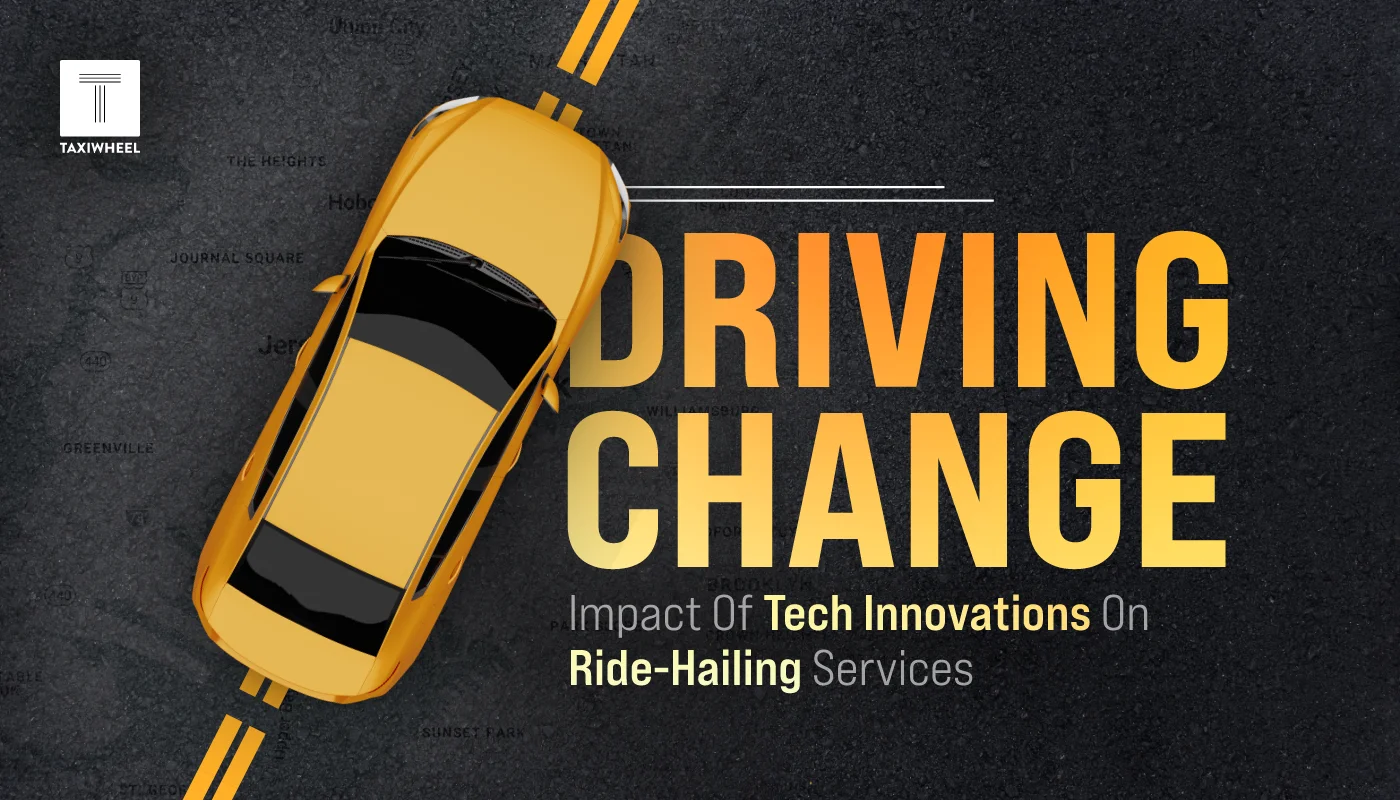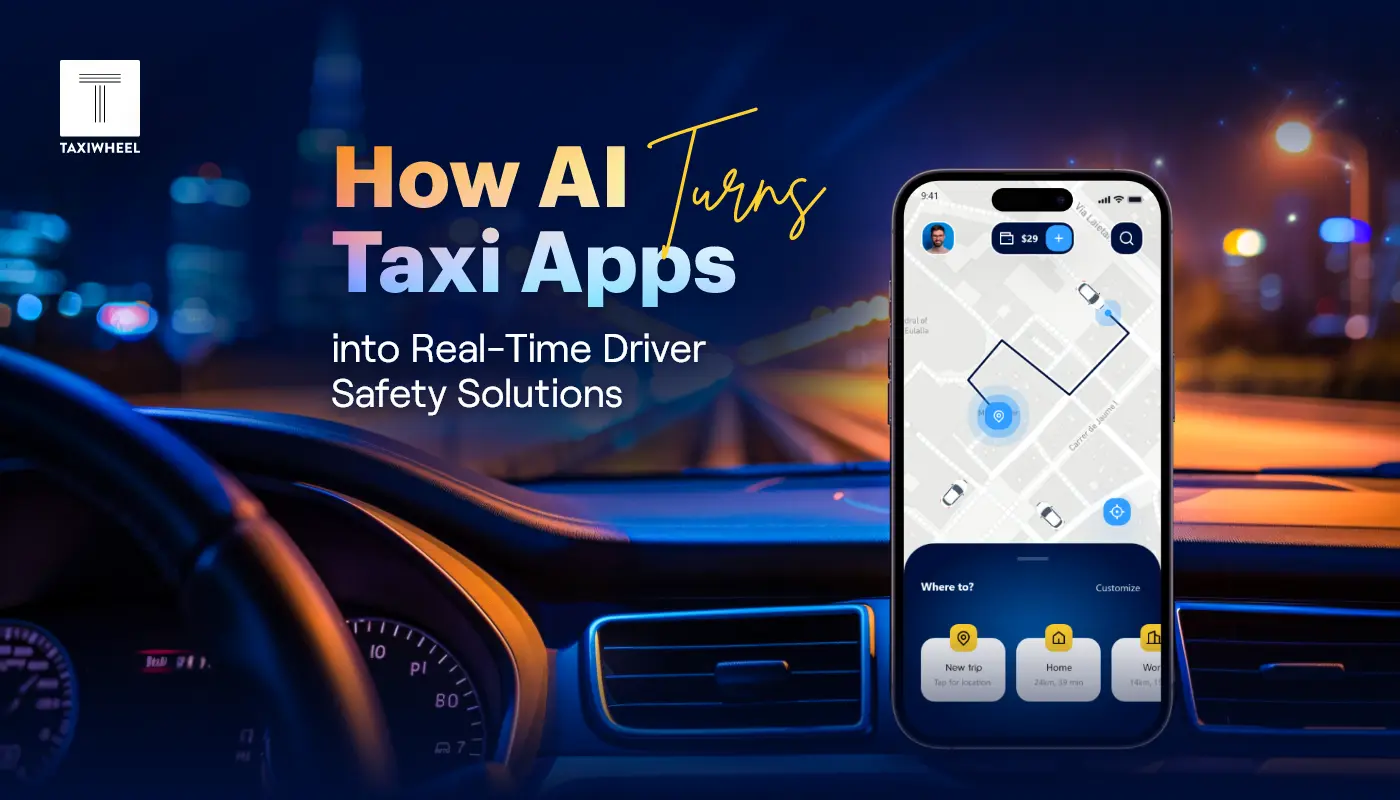
How Tech is Revolutionizing the Ride-Hailing Landscape?
The ride-hailing industry has transformed over a decade! From the first ride-hailing apps to the wave of revolutions, technological growth redefines the whole sector. The technology restructures how people move around cities, drivers interact with riders, and companies focus on efficiency, sustainability, and customer experience.
Early Days of Ride-Hailing Technology
The rise of ride-hailing services in the early 2010s changed transportation. These apps connected riders and drivers via GPS and mobile devices. These apps moved from the conventional taxi system to a new model where users could request rides effortlessly. With features like real-time tracking, payment processing, and smooth communication, ride-hailing disrupted taxis and introduced new models like shared rides and subscriptions.
Impact of AI and ML
Artificial Intelligence and Machine Learning are the driving forces behind the next segment of revolution in the taxi industry. AI helps ride-hailing companies forecast demand in different areas at specific times. This allows them to dispatch drivers to high-demand areas, decreasing wait times for clients and increasing driver revenue.
The major changes brought about by AI are route optimization and pricing models.
-
Route Optimization
AI algorithms help ride-hailing services quickly match drivers with passengers by looking at factors like location, road conditions, and traffic. Real-time traffic data helps adjust routes for faster travel. This reduces delays and fuel use, making the ride more efficient and improving customer satisfaction.
-
Dynamic Pricing Models
AI drives surge pricing by adjusting rates based on demand, driver availability, and local events. While controversial, it ensures rides during busy times and motivates more drivers to meet high demand.
Tech Advancements in Ride Hailing
Tech advancements in ride-hailing are transforming the industry, with innovations like AI for route optimization, autonomous vehicles, electric fleets, dynamic pricing, and blockchain for secure payments, enhancing efficiency, sustainability, and user experience.
1. Autonomous vehicles
The rise of autonomous vehicles is the stimulating development in the transportation industry. Autonomous ride-hailing vehicles provide great advantages for both customers and operators. Self-driving cars are no longer a distant dream; they’re quickly becoming a reality. These cars promise lower costs, enhanced safety, and 24/7 availability. The best part – taxi companies are investing in autonomous vehicles, with pilot programs in progress.
2. Electric Vehicles
Electric vehicles are the newest trend in ride-hailing, helping to fight climate change. Several taxi companies are working toward EV-only fleets. EVs produce no emissions and this helps improve air quality. Also, EVs are cheaper to run with lower fuel and maintenance costs. With charging stations and tech features like battery tracking or route planning, this transition become more sustainable.
3. Blockchain Technology
Blockchain is changing the ride-hailing business through its transparent and secure system. It is the technology behind cryptocurrencies and has ability to speed up payment methods, remove the requirement for middlemen, and decrease costs for drivers and riders. Besides, it prevents personal data and provides users with more control over how it is being shared. A few taxi companies use tokens to give rewards to drivers for their work. These tokens can be exchanged for cash or added benefits.
4. Internet of Things
IoT is connecting vehicles to the Internet and fetching real-time data easily. IoT devices are available that can check fuel efficiency, track vehicle performance, engine health, and tire pressure. It helps companies keep their fleets in better condition and better services. In addition to this, IoT improves the passenger experience with bespoke entertainment, adjustable climate settings, and real-time traffic updates. All these things help make rides more comfortable and enjoyable.
5. Mobile Technology
Mobile technology remains at the core of taxi services! There are on-demand apps such as TaxiWheel, which is equipped with an advanced dispatch system, fully customizable and scalable features, designed to meet the growing demand for convenience, simplicity, and instant service in urban areas. This taxi app solution offers complete taxi services including easy registration, real-time tracking, seamless ride booking, estimated taxi time arrival, payment processing, and quick support.
The Future of Ride-Hailing
The industry is moving toward a connected system of services. Many taxi companies are starting to work with public transport and micro-mobility options. The objective is to build a smooth transportation experience where users can change between different modes using one application. This integration will improve convenience, cut travel time, and encourage sustainable travel options. With the rise of interconnected services, the future of urban mobility looks smarter and more efficient.
Find Out How Tech is Leading the Way of Ride-Hailing!
Frequently Asked Question
Ride-hailing is a service that connects drivers with customers through on-demand taxi apps like TaxiWheel. TaxiWheel makes it easy for customers to book drivers to reach their destinations. This enhances booking rides for city travel and get quick support when required.
Rideshares are generally more convenient, offering cashless payments and online app-based bookings. Taxis can be hailed on the street or at taxi stands, but they lack the ease of online app bookings and electronic payments.
There are various benefits of ride-hailing services.
Ride-hailing could also impact energy use and emissions due to changes in ridership patterns, increased accessibility, changes in vehicle miles traveled (VMT), and changes in vehicle ownership.
The future of ride-sharing apps looks promising, with emerging trends and technological advancements such as artificial intelligence, autonomous vehicles, and electric vehicles shaping the industry.
Recent Blogs

When you book a ride through a taxi app what’s the first thing you expect? Sure you want the driver to arrive quickly and the app to work smoothly. But above all, you want to feel safe. That’s what keeps people coming back to a service-or leaving it behind for good. For companies investing in […] Read more

For more than a decade, commission-based models have been the backbone of ride-hailing platforms. Companies like Uber and Lyft built their empires by charging drivers a percentage from every trip. It worked in the early years, but the cracks in this system have become harder to ignore. Drivers complain about shrinking margins, passengers face unpredictable […] Read more

The ride-hailing industry is rapidly evolving—and so are the risks. Every time a rider books a trip, or a driver checks a route, valuable data moves through the system. For platform owners, this isn’t just about app performance. It’s about protecting the information that fuels the business. From payment details to real-time locations, taxi app […] Read more